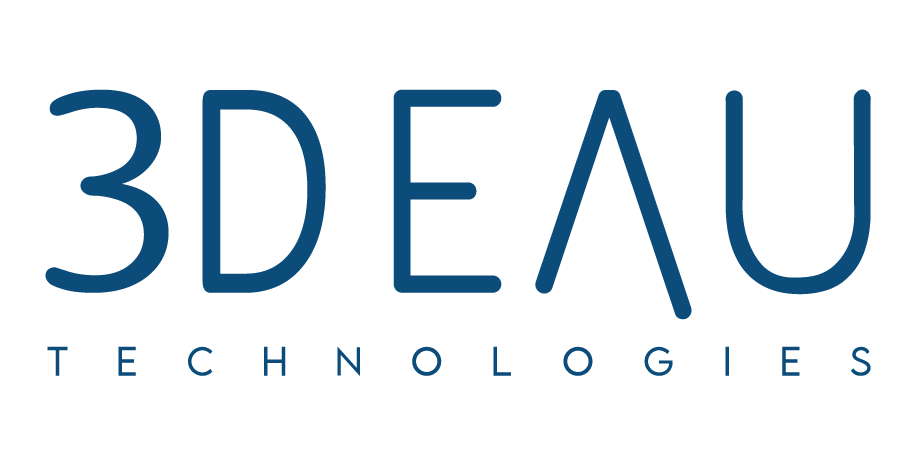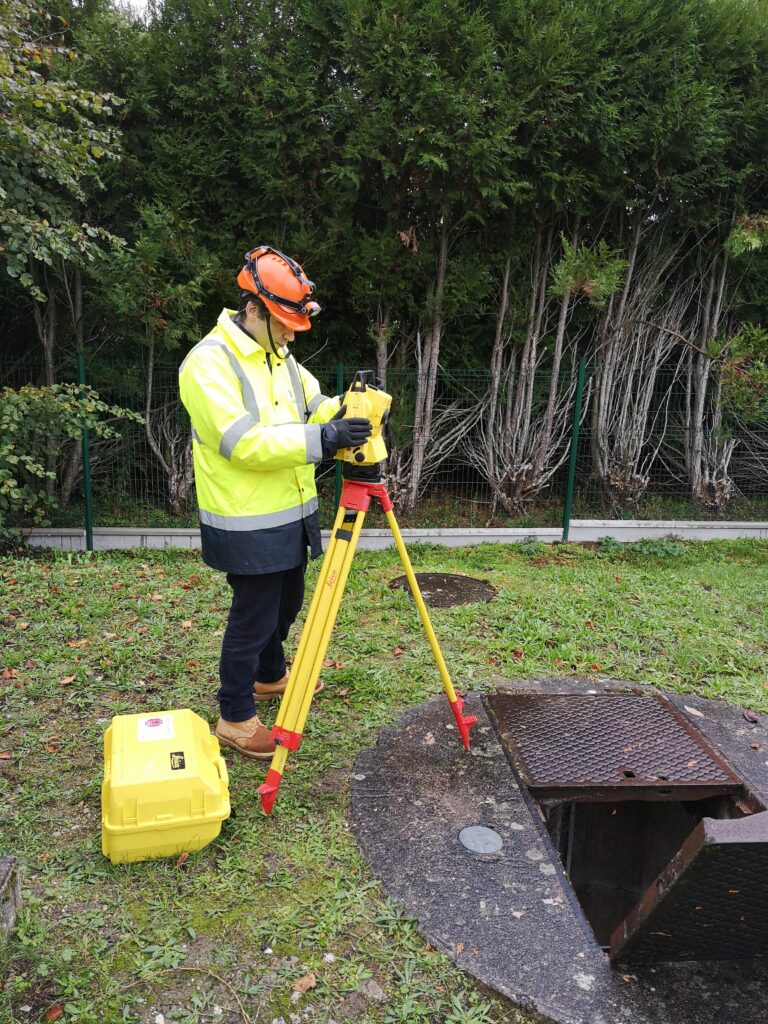
3D EAU studies
Ongoing diagnostics: Management of collected/transported flows and discharges into the natural environment
Issues
Order of 21 July 2015 – Permanent diagnosis
Application of Article 12 of the Order of 21 July 2015 on wastewater systems (Article 9 of the Order of 31 July 2020):
- Continuous monitoring of operation
- Prevent or identify malfunctions
- Monitor and assess the effectiveness of actions taken
- Operate with a view to continuous improvement.
Permanent sewerage network diagnostics is a continuous process of evaluating and monitoring sewerage systems. It is used to gather real-time information on the condition and operation of the network, enabling potential problems to be identified quickly and the effectiveness of corrective measures to be assessed.
The 3D EAU solution
Implementation of ongoing diagnostics
The proposed methodology relates to the ongoing diagnosis required in terms of the management of flows collected/transported and discharges into the natural environment: installation of metrological equipment and processing/analysis/revaluation of the data obtained.
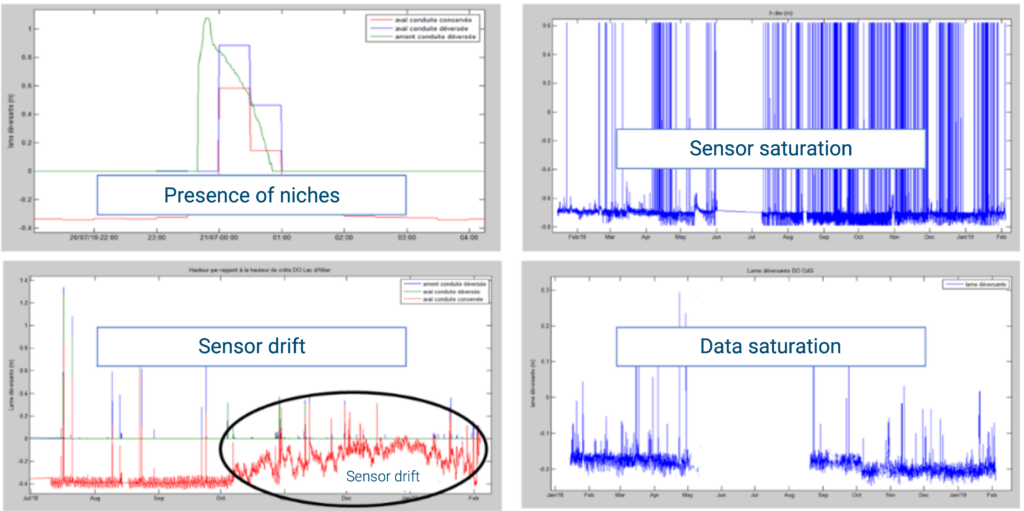
1. Field surveys
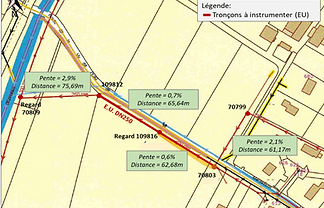
2. Definition of a measurement campaign to be carried out
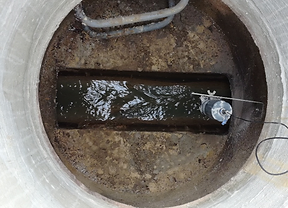
3. Rainfall analysis
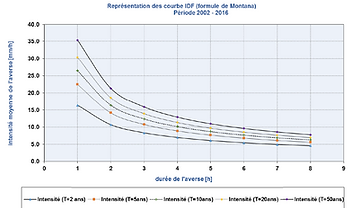
4. Analysis of rainfall and flow data
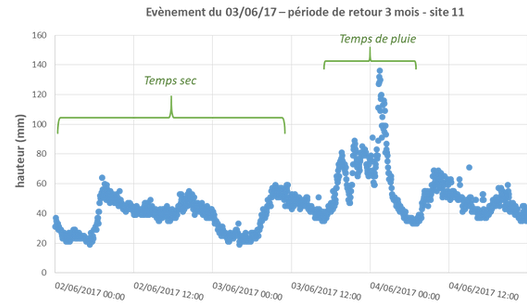
5. Comparative analysis
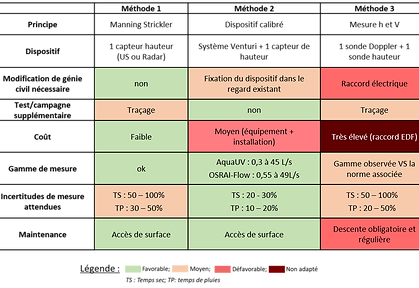
3D EAU can help you initiate your permanent diagnosis through :
- analysis of reference documents to prioritize the community’s problems
- collection of community data to calculate the indicators defined jointly for each theme;
- the creation of Excel tools to update the calculation of these indicators each year;
- an assessment of existing GIS data and the drawing up of specifications for any additions;
- definition of the measuring equipment to be installed, if required;
- assessment of the time required to continue implementing the permanent diagnosis.
Benefits
Application of the ASTEE technical guide “Implementing permanent diagnostics”.
Contextual considerations: analysis of available data
Hydraulic assessment of each measuring point
Technical analysis of several scenarios: accuracy, reliability….
Economic analysis of several scenarios: investment, use of sensors and data…
Would you like to find out more about ongoing diagnostics?
Download the fact sheet
